How to Can Vegetable Stock
Learning how to can vegetable stock will help you save money, create a shelf-stable pantry ingredient, and help you reduce food waste in your kitchen!
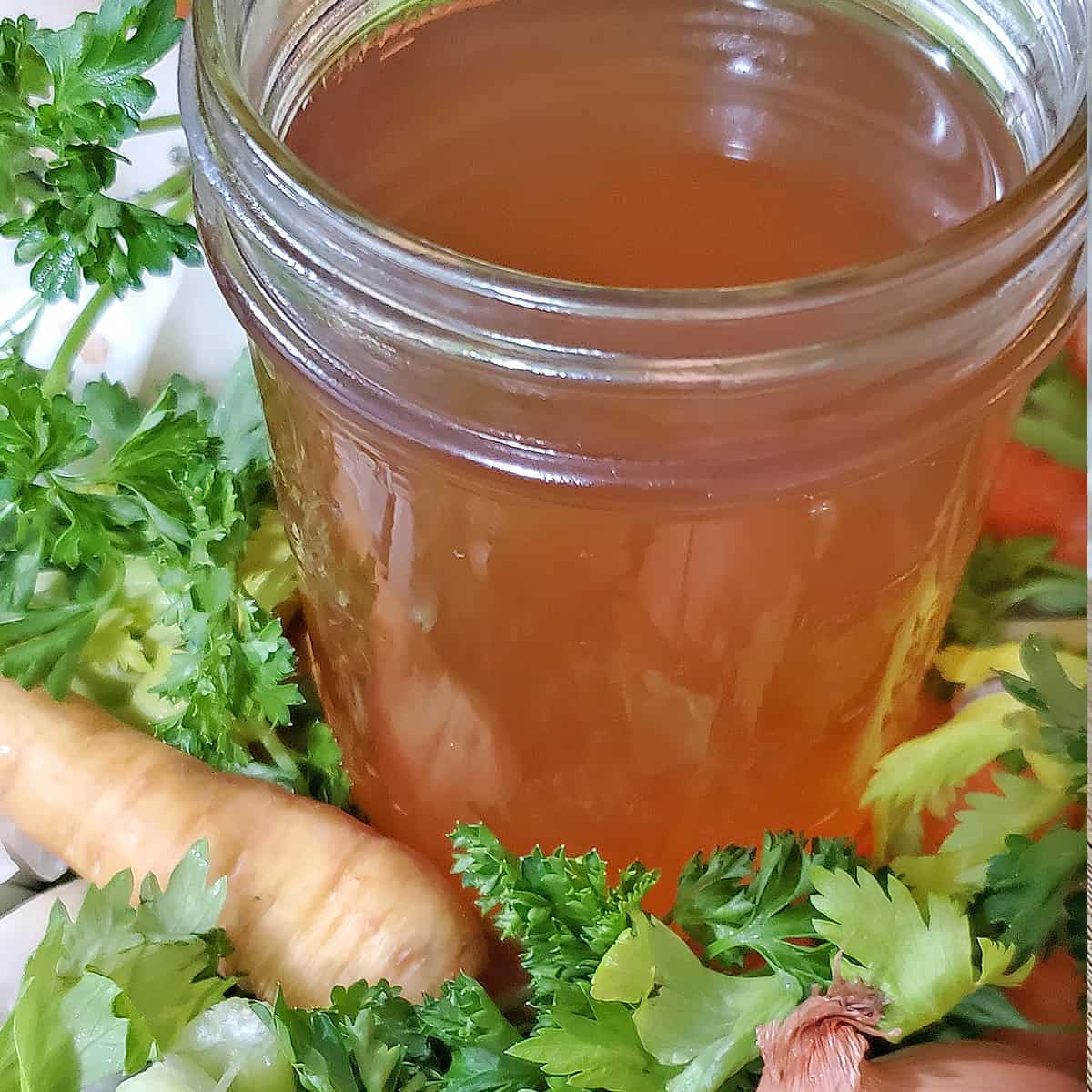
If you’ve been diligent in saving vegetable scraps for making chicken or beef broth, but your freezer is getting full!
Or maybe you’re always concerned about the amount of vegetable scraps you throw out, without a compost pile or animals to give them to, and wish you had another way you could use them to stop the waste and stretch your food dollars a little further.
Vegetable stock (or broth – the names can be interchangeable), is a perfect way to make a wonderful pantry staple from the scraps you collect or even boosted by fresh vegetables.
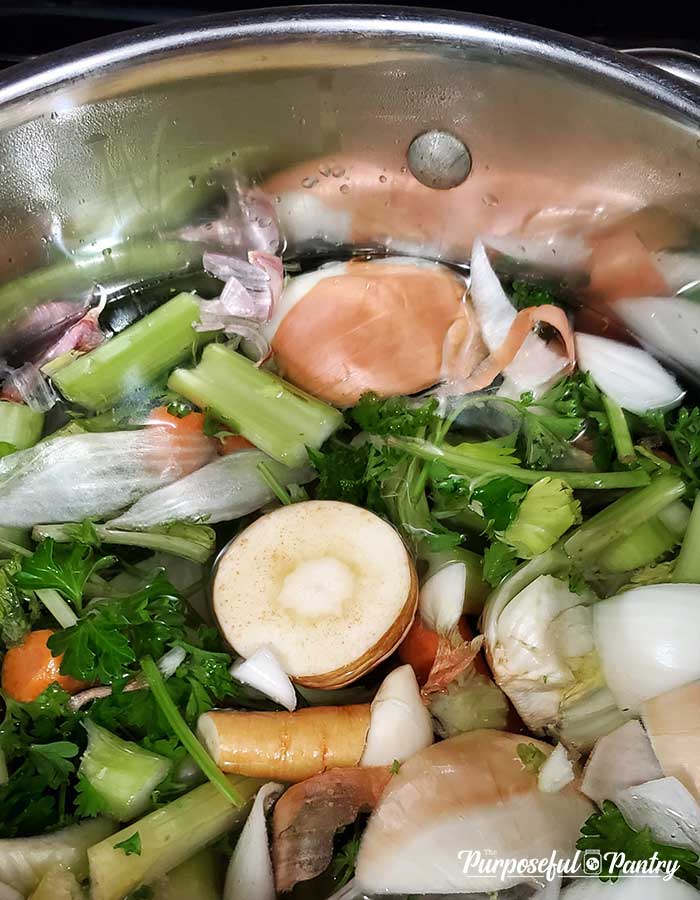
Making stock is easy (try this recipe for a super easy veggie stock), and finding a way to store it is relatively easy, too! You can always freeze it, but I’m going to introduce another way for you to have a pantry staple available anytime you want it.
How to Can Vegetable Stock
Equipment needed:
- Pressure canner. I use a Presto 23 QT canner for my canning (I have a glass top stove and it is approved – find out if yours is here).
- Canning jars and lids (cleaned – sanitization is not necessary because the pressure canning process does it for you. However, you should wash them in hot soapy water beforehand to get them free of debris and extra dirt.
- Ladle – anything that works for you. I happen to use this one by Prepworks and love it.
- Lid Lifter – just keeps your hands off the compound.
- Jar Lifter – I prefer this one from Prepworks over the one that came in my beginner’s canning kit. But anything will work.
- Mat or towel – this is needed to protect the jar from a sudden temperature change on a cold surface. It also protects your surface from a hot jar.
- USDA Complete Guide to Home Canning – I think every home should have this to help them learn the art of canning correctly 😉 It’s free at the NCHFP website to save and print, or you can get a printed copy very inexpensively here.
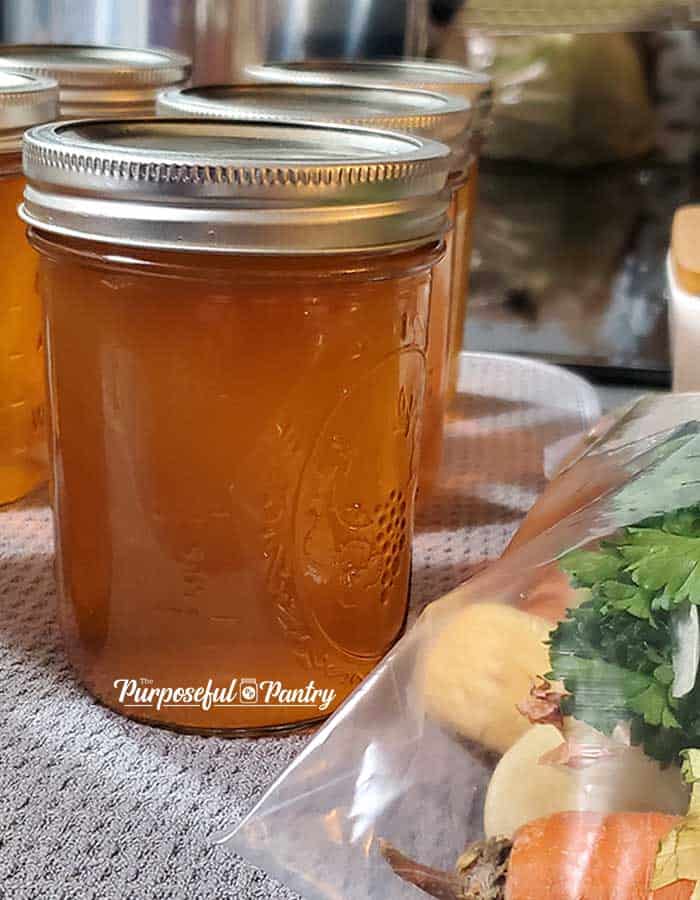
Ingredients
Vegetable Stock – if you’ve previously made your vegetable stock and have it in the refrigerator, put it into a stockpot and bring it up to a simmer.
Vegetable stock is made up of vegetables like carrots, onions, celery, garlic, parsley, leeks, etc. Toss scraps or pieces into a stockpot, fill it with water, and allow it to simmer for a couple of hours.
And you’ve got stock! If you’d like a specific recipe, get it here!
Directions:
These directions are for hot-pack vegetable stock.
Walkthrough your checklist of canning to prepare all of your gear
- Prepare your work area with equipment and clean jars and lids.
- Fill warm jars with vegetable broth up to the 1″ headspace mark.
- Wipe the rim with a clean wet cloth (I prefer to use vinegar as a habit, but water is fine for this application).
- Put a lid on the jar.
- Place the canning ring on to finger tight.
- Place your jar into your canner.
- Fill the layer with extra jars of water if you don’t have enough food jars to fill the layer.
- Follow the rest of your canning checklist to begin the canning process
- Process jars *
- NCHFP standard: 20 minutes for pints, 25 minutes for quarts according to your elevation. Don’t know what yours is? Find your elevation here.
- Bernardin standard: 30 minutes for pints, 35 for quarts
- Once processed fully, set jars in an area with no breeze to allow to cool for 24 hrs.
- Wash and label jars to store.
- * A note about the times: The NCHFP does not have a specific processing time for vegetable stock. But they do have it for stock in general – and they use meat as an example. Since neither have tangible foods in them – it’s just liquid, you can extrapolate that vegetable stock should be the same. If you choose to go with the longer processing times recommended by Bernardin, it’s fine! Do that.
Here is the following information for a hot pack process. Info based on NCHFP guidelines.
Dial Gauge Pressure Canner (like mine) – PSI
| Jar Size | Jar Size | <1,000 ft | 1,001- 2,000 ft | 4,001- 6,000 | 6,001- 8,000 | 8,001- 10,000 ft |
|---|---|---|---|---|---|---|
| Pint | 20 min | 11 lb | 12 lb | 13 lb | 14 lb | 15 lb |
| Quart | 25 min | 11 lb | 12 lb | 13 lb | 14 lb | 15 lb |
Weighted Guage Pressure Canner (Jiggler) – PSI
| Jar Size | Process Time | 0-1,000 ft | Above 1,000 ft |
|---|---|---|---|
| Pints | 20 min. | 10 lb | 15 lb |
| Quarts | 25 min | 10 lb | 15 lb |
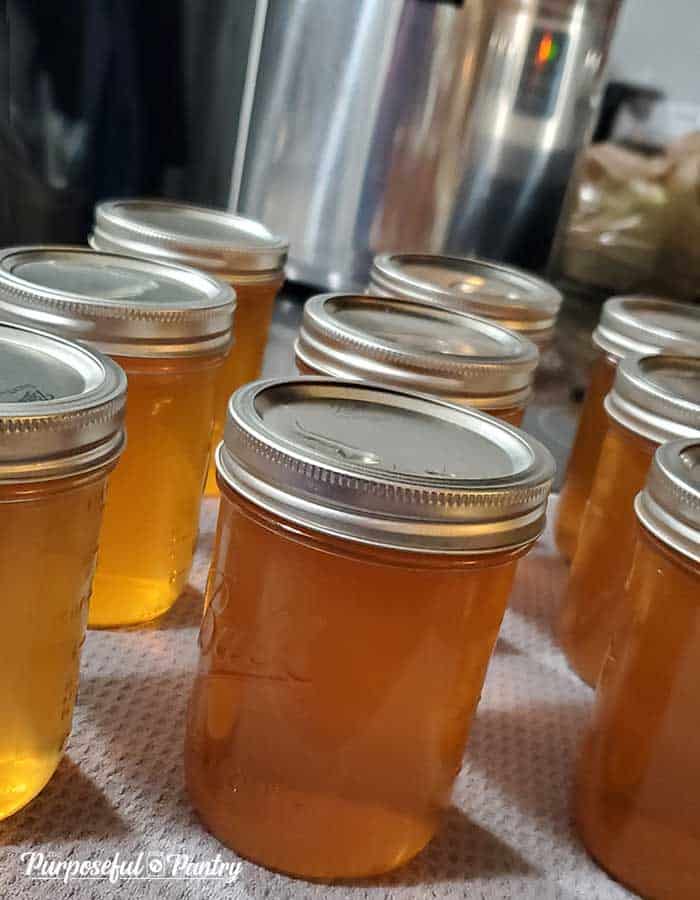
Tips on using canned vegetable broth
Home-canned vegetable stock can be used just as you would any commercially purchased stock. The flavor is all vegetable and can be a great soup base for vegetarians and vegans alike.
- Replace water in cooking grains.
- Use as a soup base.
- Drink seasoned broth (you’ll want to add salt or other seasonings to your taste) as a warm mug on a cold night.
- Replace water in any recipe to add more flavor and nutrients.
Watch me as I walk through the entire canning process here: Click on the Red Youtube arrow to start the video.
Subscribe to my Youtube channel for more food preservation, canning, dehydrating, and food storage videos.
Frequently Asked Questions
According to the NCHFP,
“Label and date the jars and store them in a clean, cool, dark, dry place. For best quality, store between 50 and 70 °F. Also for best quality, can no more food than you will use within a year unless directions for a specific food provide other advice.”
You might find that your foods do last longer than a year. But keep in mind that over time, foods can begin to lose nutrients and quality the longer they are stored.
Vegetable stock or broth needs to be pressure canned, even if you use tomatoes in your stock base.
Yes, in fact, you can! Get the instructions to dehydrate vegetable stock here.

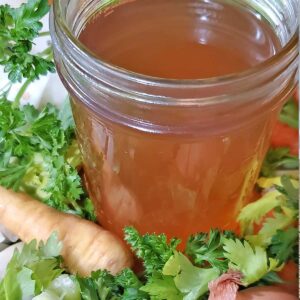
How to Can Vegetable Stock
Equipment
- Canning Jars, lids and rings
- Ladle
- Jar lifter
- water and rag
- Protective mat or towel
Ingredients
- Vegetable Stock
Instructions
Before you start
- Read and familiarize yourself with your manual and how to prep to can. This is an important first step.
How to Can
- Fill warm jars with vegetable broth up to the 1" headspace mark.
- Wipe the rim with a clean wet cloth (I prefer to use vinegar as a habit, but water is fine for this application).
- Put a lid on the jar.
- Place the canning ring on to finger tight.
- Fill the layer with extra jars of water if you don't have enough food jars to fill the layer.
- Process jars ** PINTS 20 min, QUARTS 25 min for your elevation (see note below)
- Once processed fully, set jars in an area with no breeze to allow to cool for 24 hrs.
- Wash and label jars to store.
Video
Darcy’s Tips
Nutrition
Nutritional information is an estimation only. Nutrient information for dehydrated foods is based on fresh. Use 1/4 of the servicing size for the same nutrient information. Thus 1 Cup of fresh fruit has the same sugars as 1/4 dried.
©ThePurposefulPantry. Photographs and content are copyright protected. Sharing of this recipe’s link is both encouraged and appreciated. Copying and/or pasting full recipes to any social media is strictly prohibited.

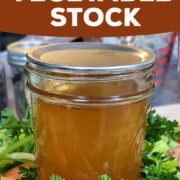
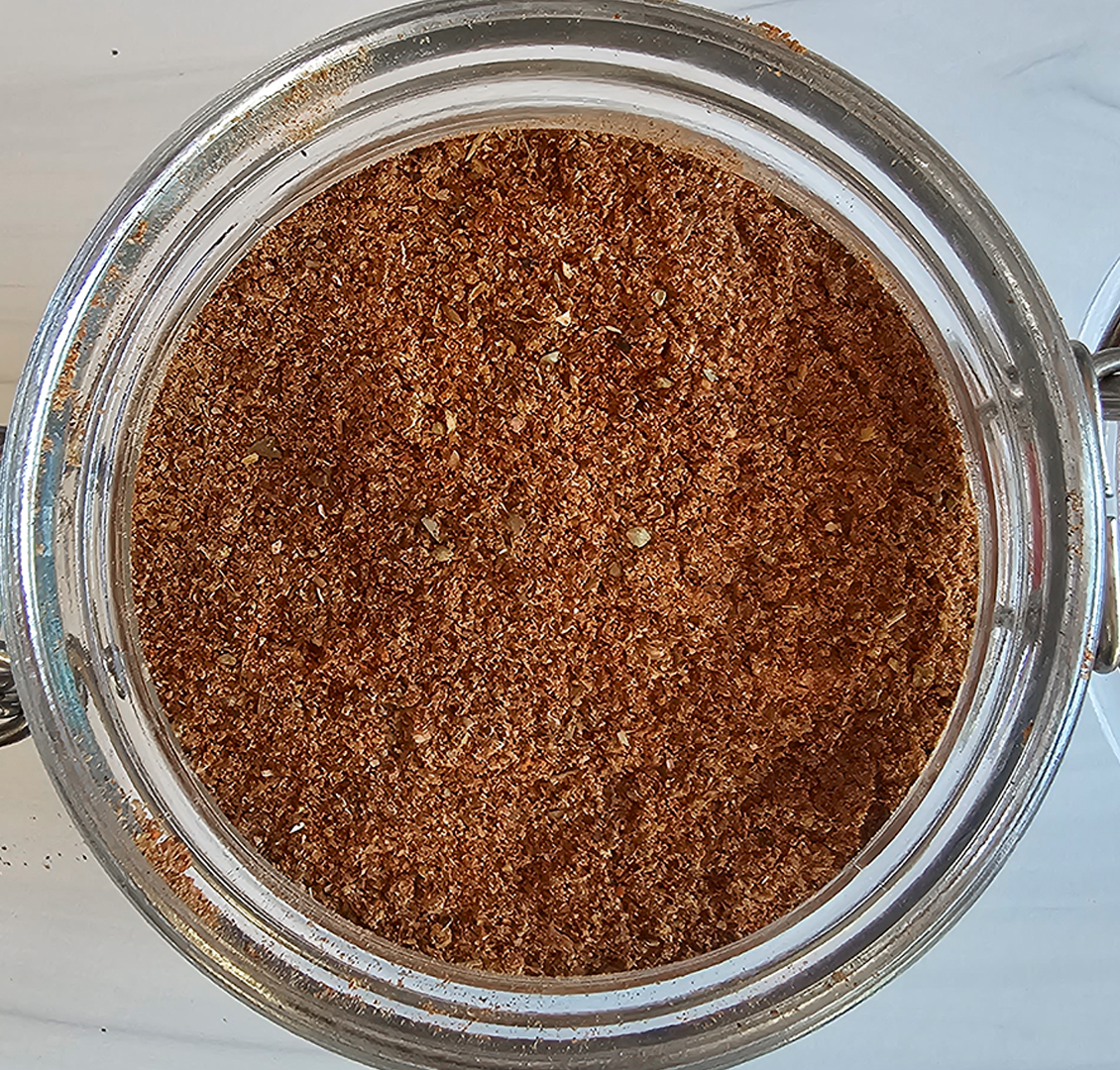
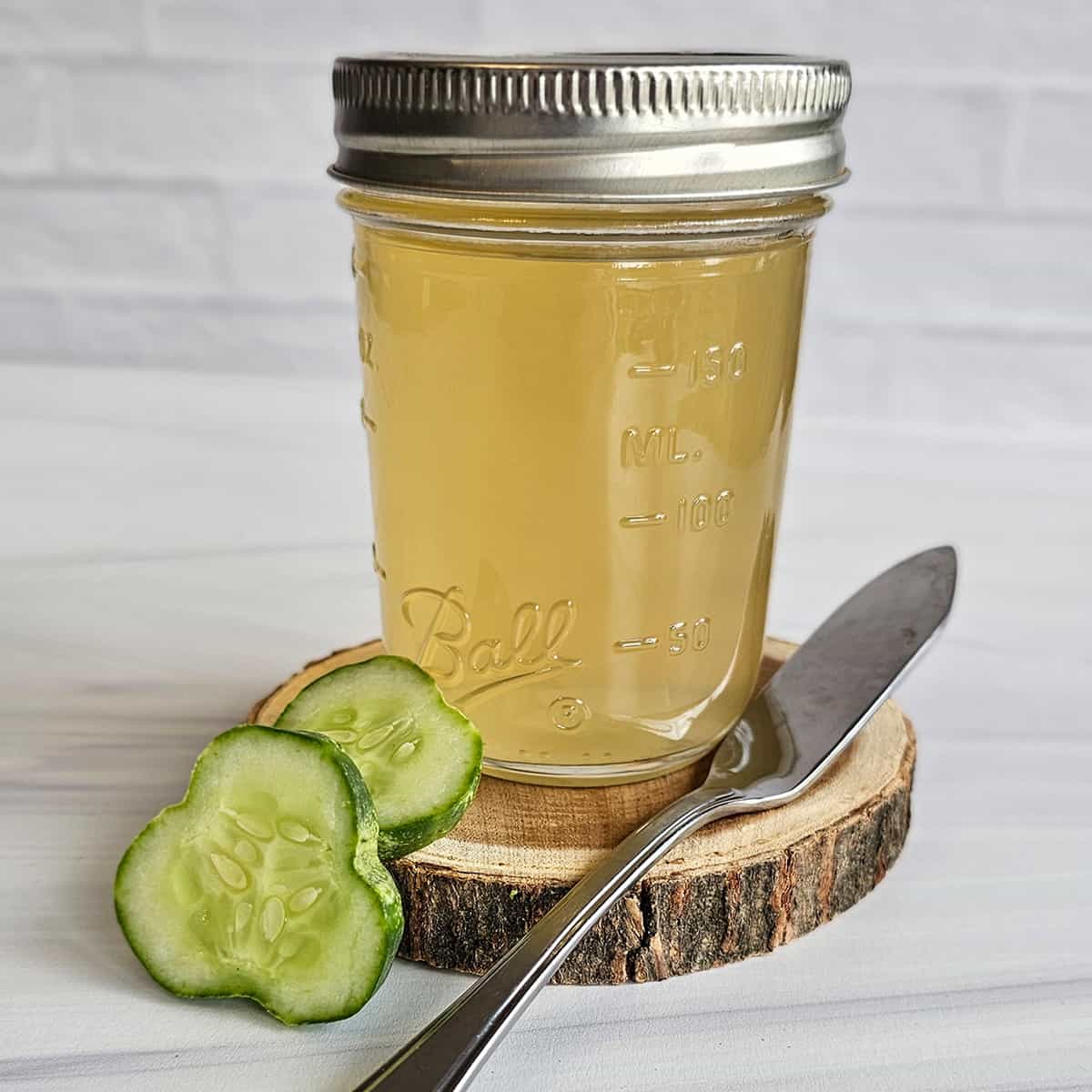
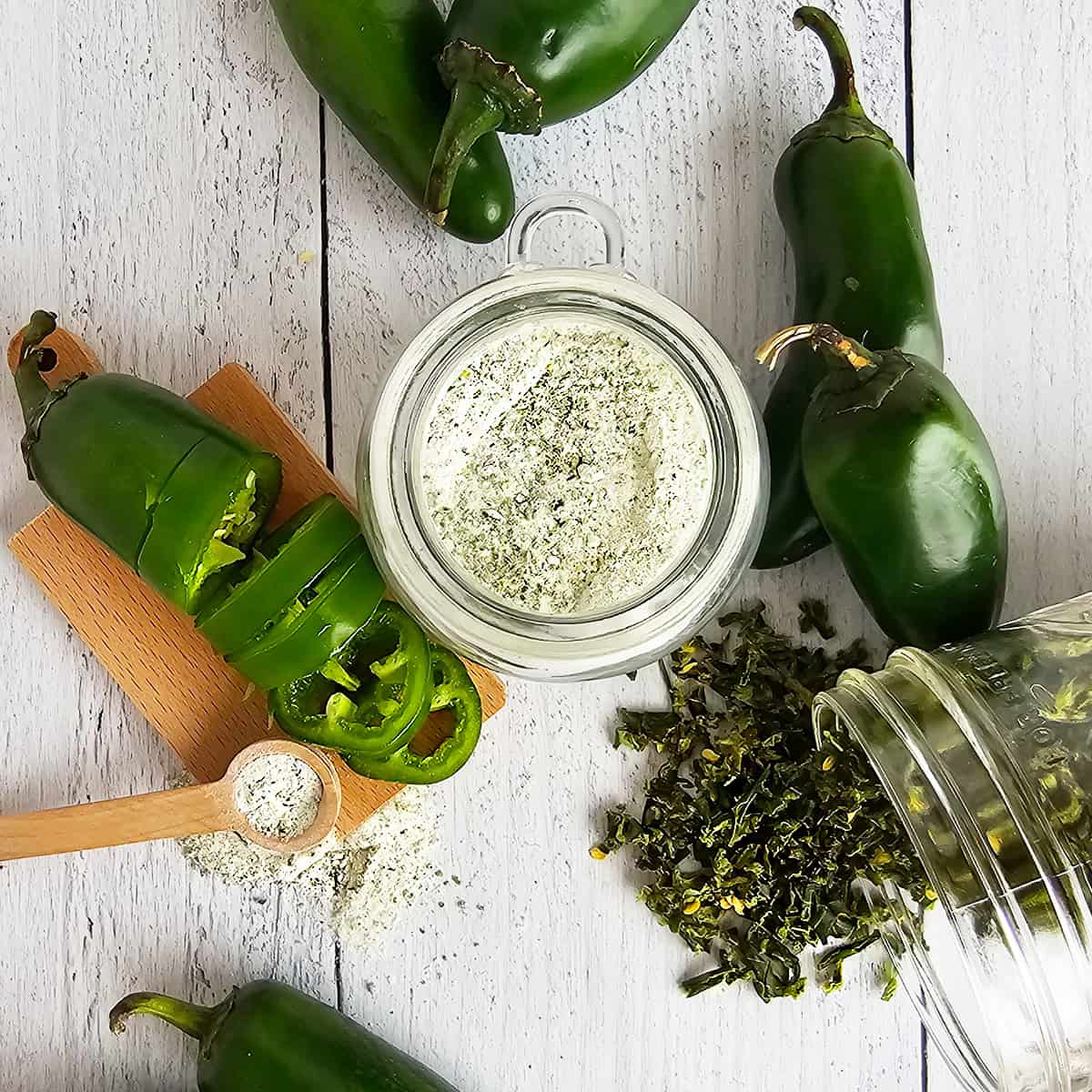
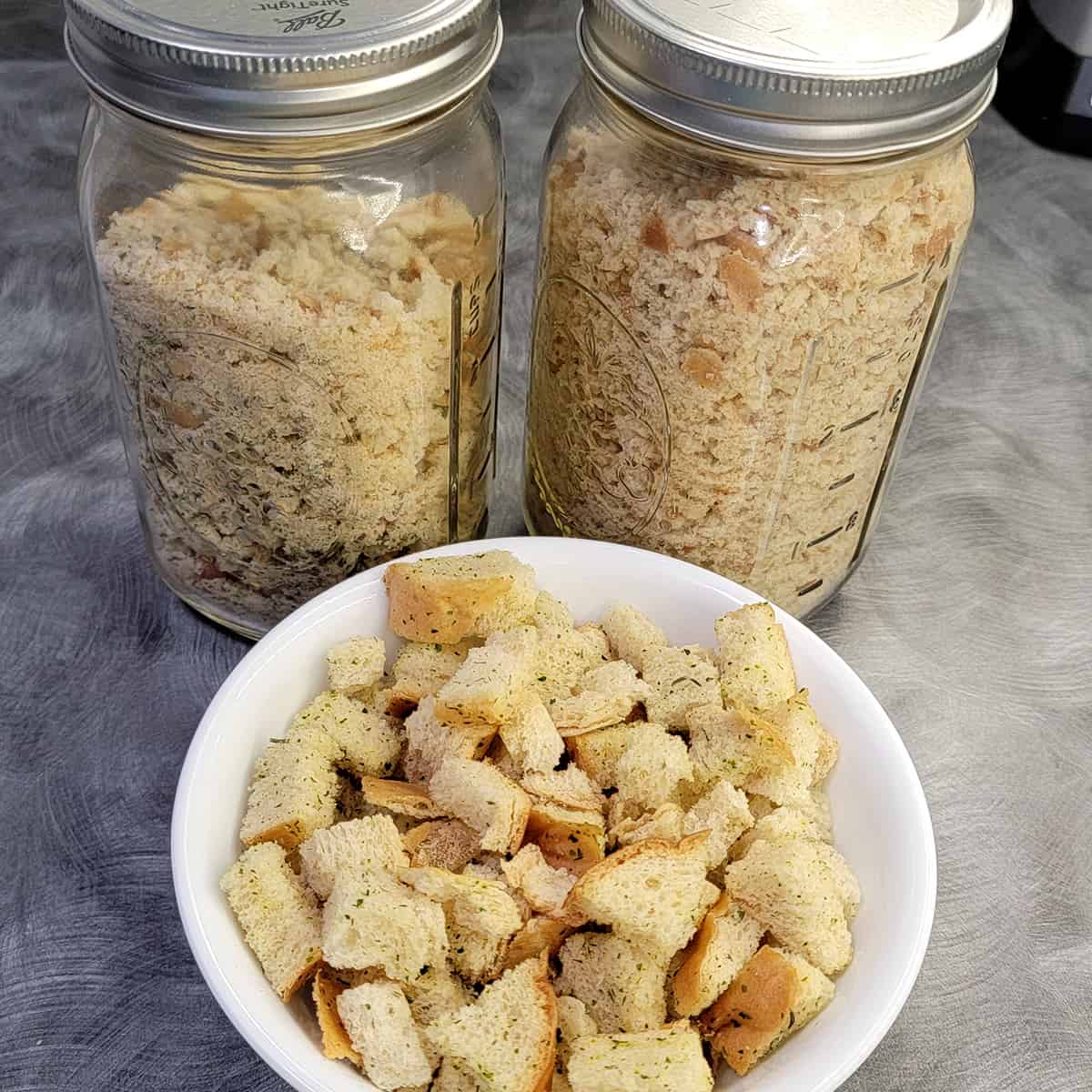
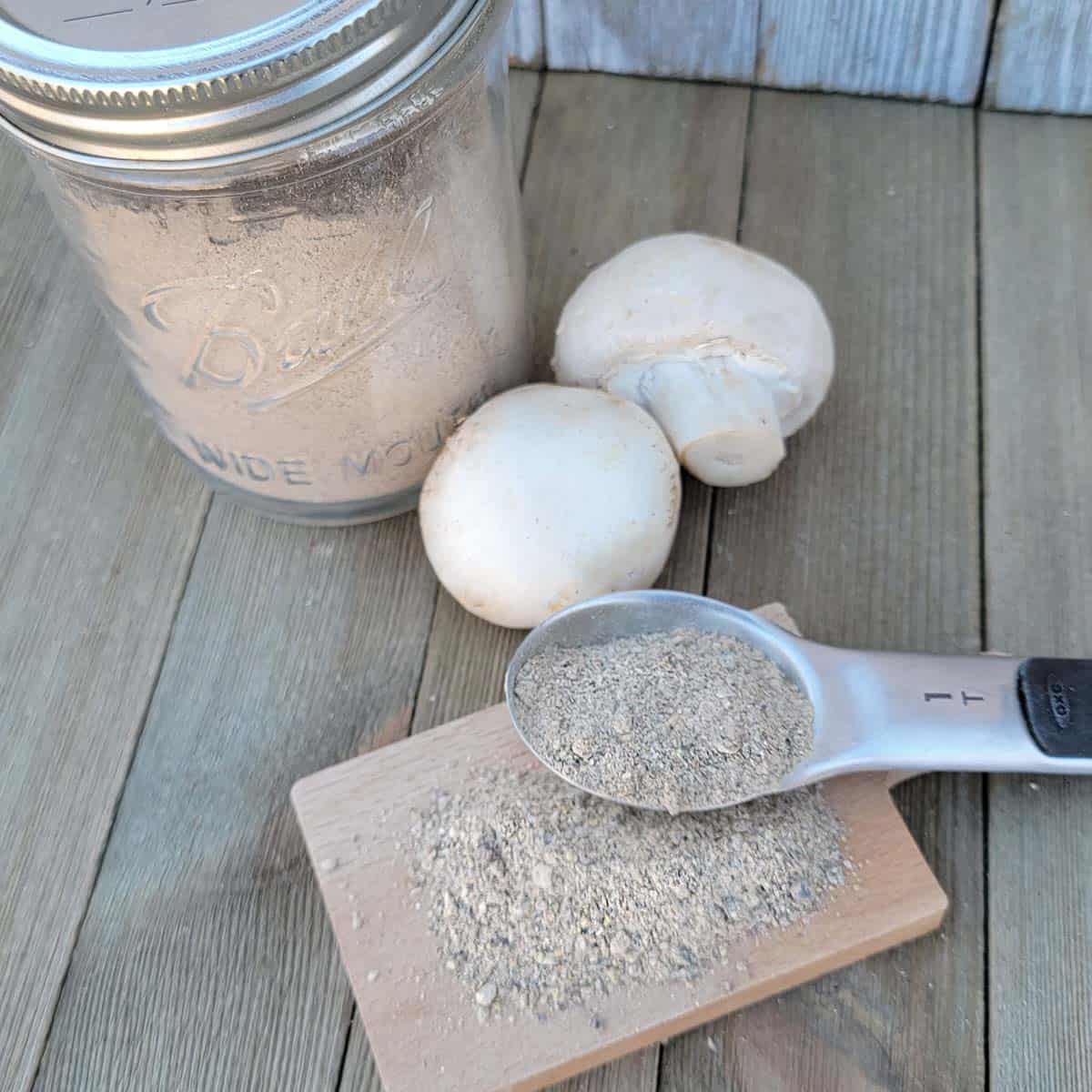
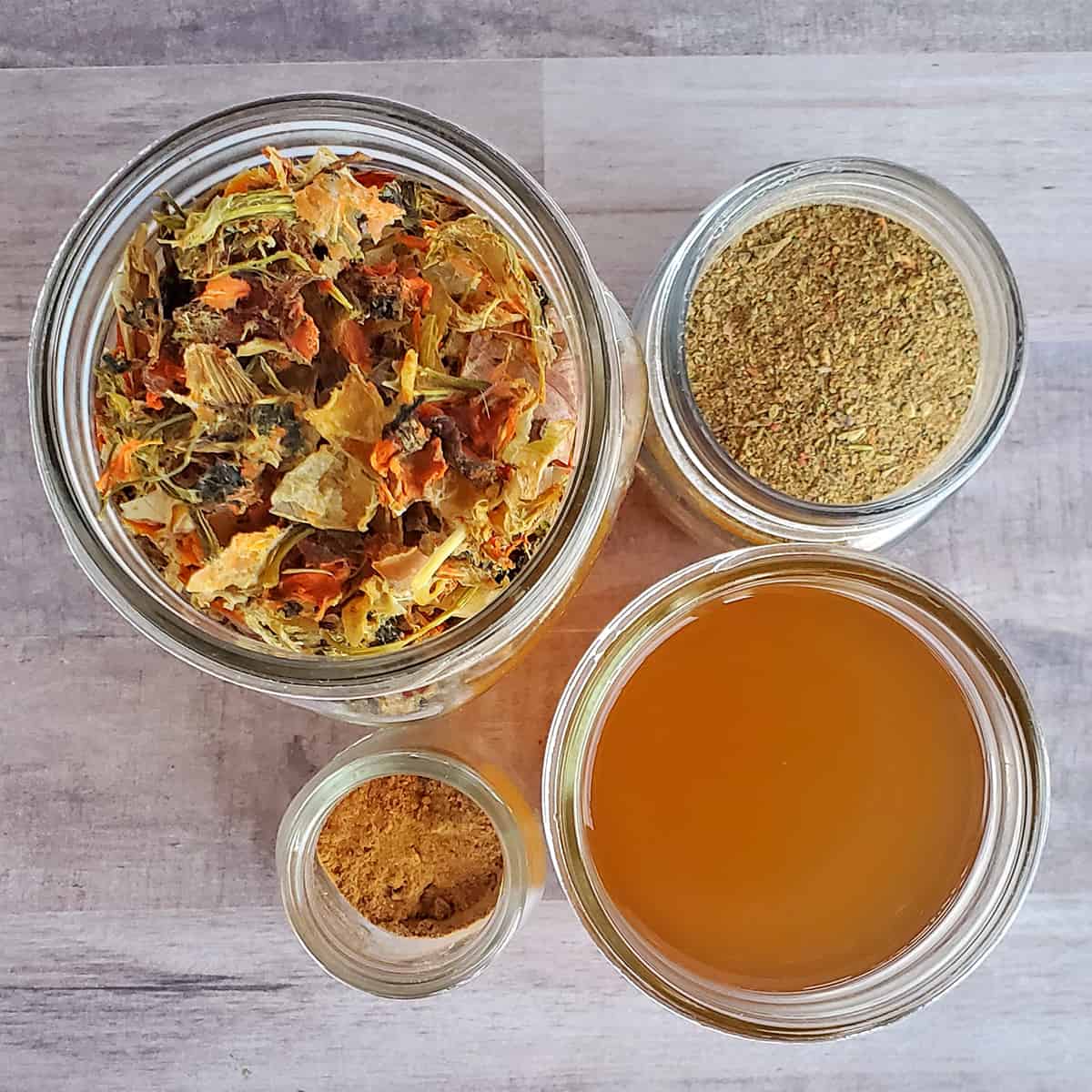
I am very new to the canning process.
I have purchased beef or chicken stock in the past in the larger cardboard type container and sometimes end up not using it all.
Is it possible to can this stock into smaller portion jars?
By the safe canning methods out there, you can use it as an ingredient in something else to can, but shouldn’t can it on its own. It’s better to freeze in smaller quantities.
I canned carrots using raw pack method, when they came out there was about 2 inches of carrots that were not covered with water. is that normal
Angela D
I would say that that is a lot of water lost – was your canner water orange or yellow? Carrots are going to absorb some of the water since you did raw pack, and you may have also had some siphoning happening, but if you followed the proper process, you should be fine. If you are concerned, move them to the front and use them soon.